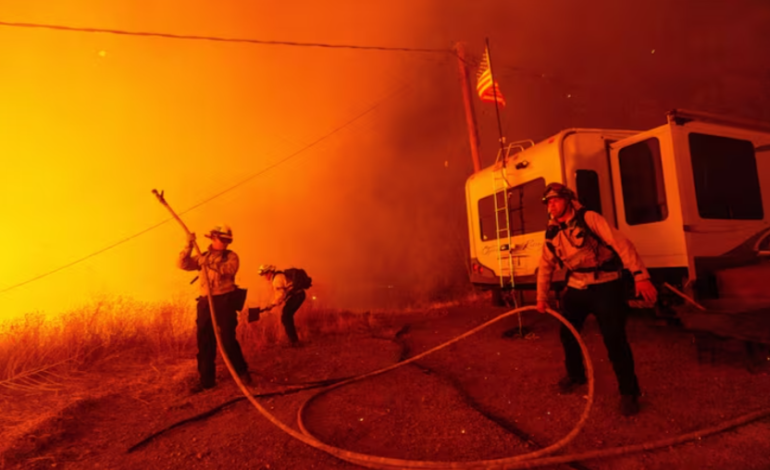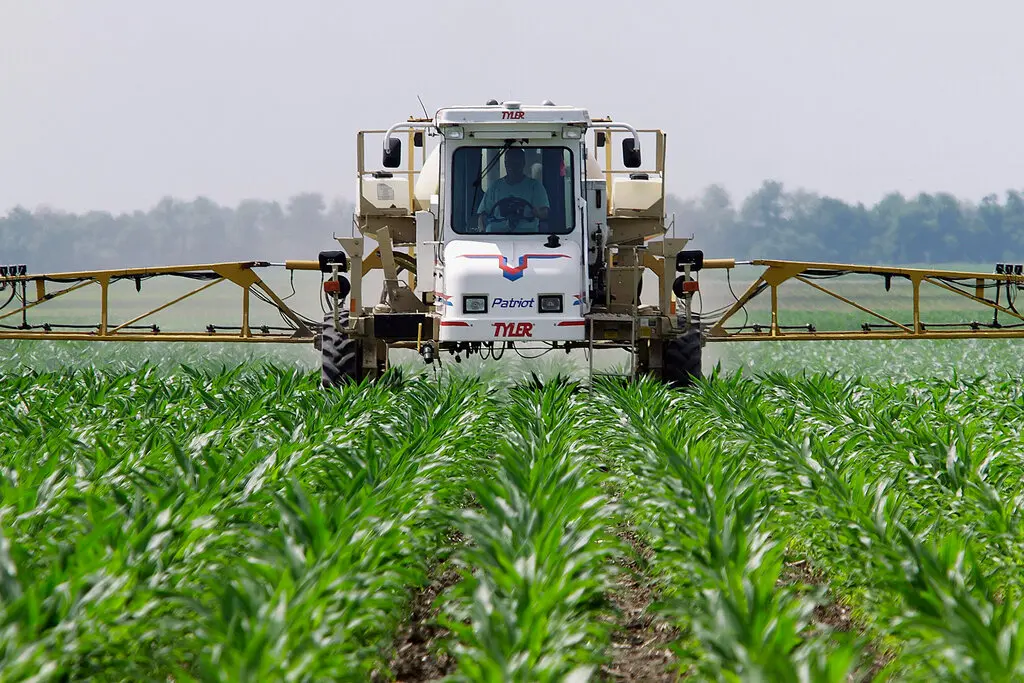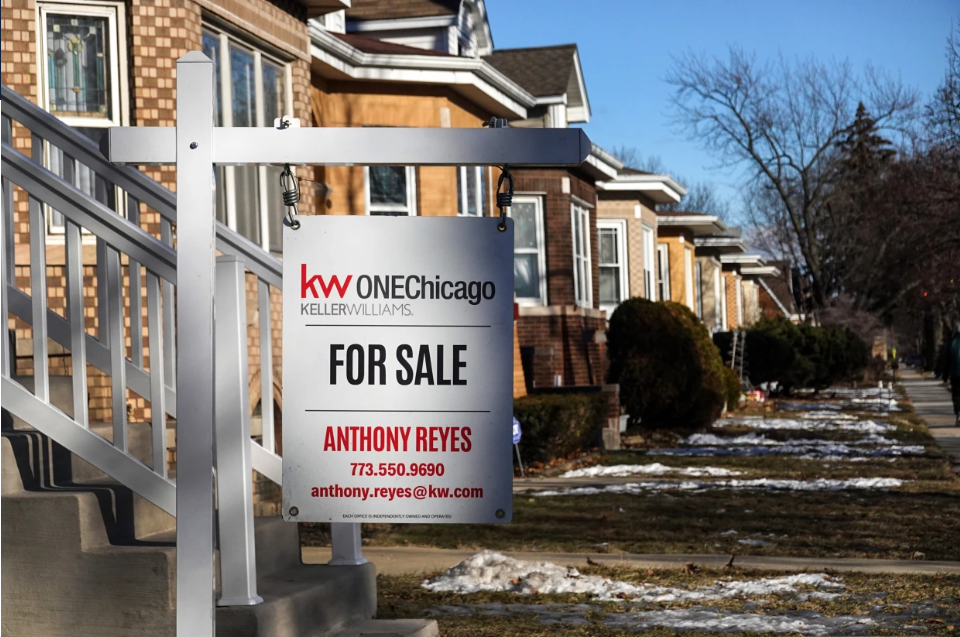California’s Insurance Crisis Deepens, Leaving Neighbors Facing Unequal Recovery After Wildfires

Before the Eaton wildfire ravaged northwest Altadena, Louise Hamlin and Chris Wilson were next-door neighbors living in nearly identical homes.
Both resided in charming English-style cottages built in 1925, with welcoming porches and distinctive Palladian windows. Hamlin, a 51-year-old single mom, had lived in her 1,500-square-foot home for a decade, while Wilson, 44, purchased his house five years ago with his wife, who is six months pregnant with their first child. Yet, in the aftermath of the fire, their paths to recovery reveal starkly unequal fortunes, underscoring the growing insurance crisis in California.
Hamlin’s insurance has already paid out nearly a million dollars, putting her on the road to rebuilding. In contrast, Wilson finds himself entangled in layers of bureaucracy, facing difficult decisions about loans and lawsuits as he struggles with California’s bare-bones insurance program, the FAIR Plan.
“It changes the whole trajectory of your life,” says Wilson.
While Hamlin can afford the rebuilding process with substantial coverage and quick support, Wilson’s situation is far more uncertain, reflecting a larger issue: the increasing difficulty of obtaining affordable, reliable insurance in California.
The FAIR Plan, designed to provide basic coverage for those unable to secure private insurance, has seen its number of policies more than double from 2020 to 2024, reaching nearly 452,000. Wilson’s $2,000 premium with the FAIR Plan, for example, covers far less than Hamlin’s private policy. His payout is capped at $686,000—far below the necessary amount for rebuilding—and he also had to buy additional insurance for issues like burst pipes, though fire damage is excluded.
“That’s why a lot of people call it ‘The Unfair Plan,’” says Amy Bach, executive director of the consumer group United Policyholders.
While Hamlin had comprehensive insurance with Mercury Insurance, Wilson’s previous insurer, SafeCo, declined to renew his policy, forcing him to turn to the FAIR Plan. The reasons behind the insurance companies’ withdrawal from certain areas are rooted in the increasing unpredictability of natural disasters driven by climate change. As wildfires and hurricanes become more frequent, insurers are pulling out of high-risk areas or drastically increasing premiums, creating a system where many homeowners are left with few viable options.
This has resulted in stark disparities in coverage. Hamlin’s policy, which cost $1,264 annually, includes up to $1.5 million to replace her home and belongings, along with substantial support for temporary living expenses. Meanwhile, Wilson’s FAIR Plan policy, at a higher premium, provides far less, with limited coverage for personal property and no compensation for fire damage unless he takes out additional policies.
State officials are aware of the growing problem and are working to incentivize insurers to stay in California. However, the state’s attempts to encourage private insurance have had limited success, as major companies like State Farm and Liberty Mutual have stopped offering policies in some areas. FAIR, which was meant as a temporary safety net, has become a lifeline for many homeowners, but its basic nature and high premiums do little to provide comprehensive protection.
Wilson’s struggles with the FAIR Plan reflect a broader pattern of homeowners being caught in an insurance system where climate risks and premiums are misaligned with the actual cost of rebuilding. Despite his efforts to mitigate fire risks around his property, such as trimming trees and clearing brush, his insurance coverage remained inadequate. Worse still, Wilson’s claim has been hindered by poor communication and slow responses from FAIR, whereas Hamlin received timely assistance and immediate financial support to begin rebuilding.
Insurance experts have warned that the growing risks of natural disasters, exacerbated by climate change, could make entire regions uninsurable. Rising premiums and the increased likelihood of major disasters threaten to push many homeowners into financial hardship. Dave Jones, former insurance commissioner of California, argues that unless more aggressive mitigation efforts are undertaken, the situation will worsen, leading to an “uninsurable future.”
As the cost of climate-related disasters rises, homeowners in California and beyond are left with limited options. In some areas, like California’s wildfire-prone zones, insurers are pulling out entirely, while others are raising premiums and restricting coverage. The lack of reliable insurance options and escalating costs are driving some residents, like Wilson, to consider moving out of state or taking on significant debt to rebuild. The growing financial burden created by this crisis raises important questions about who will bear the costs of recovering from climate disasters.
The Associated Press and CBC News contributed to this report.







